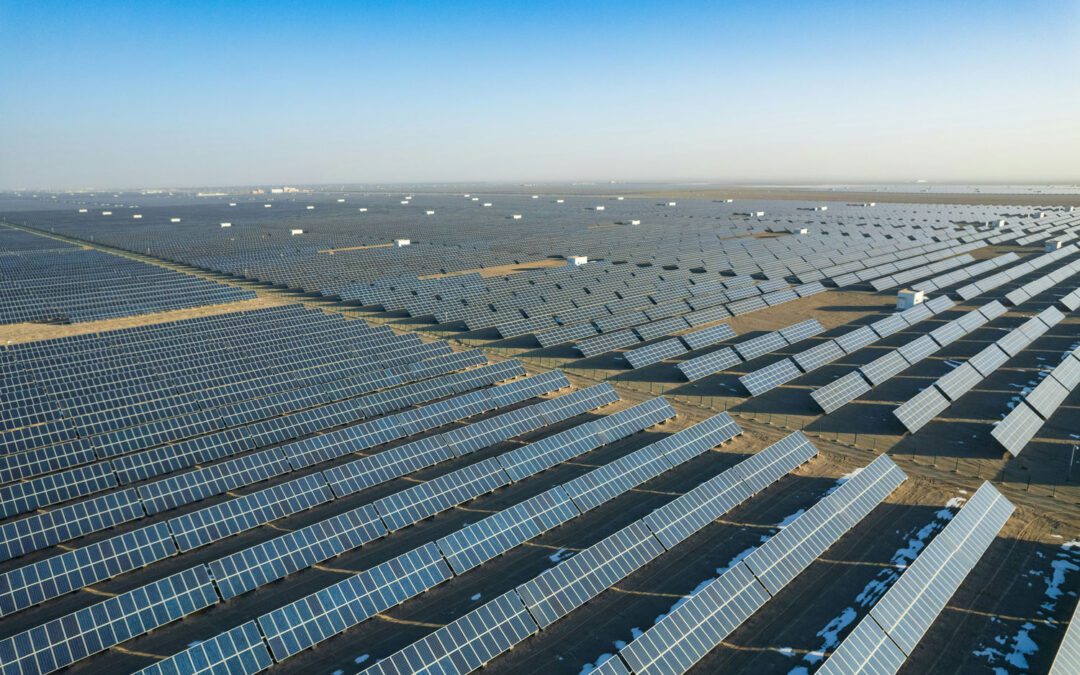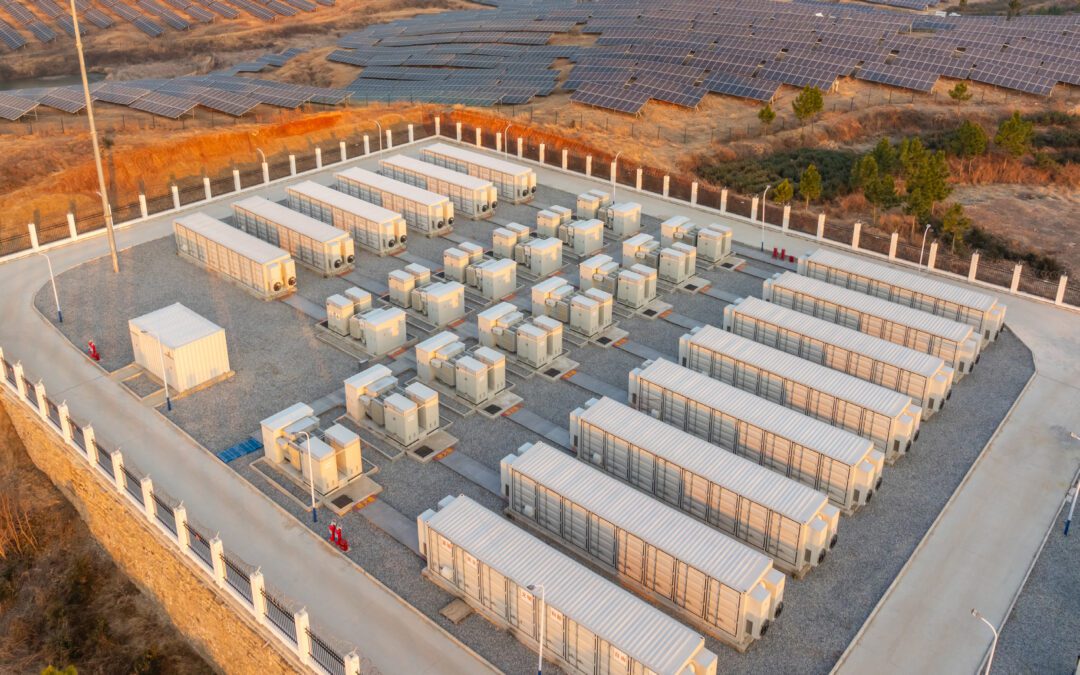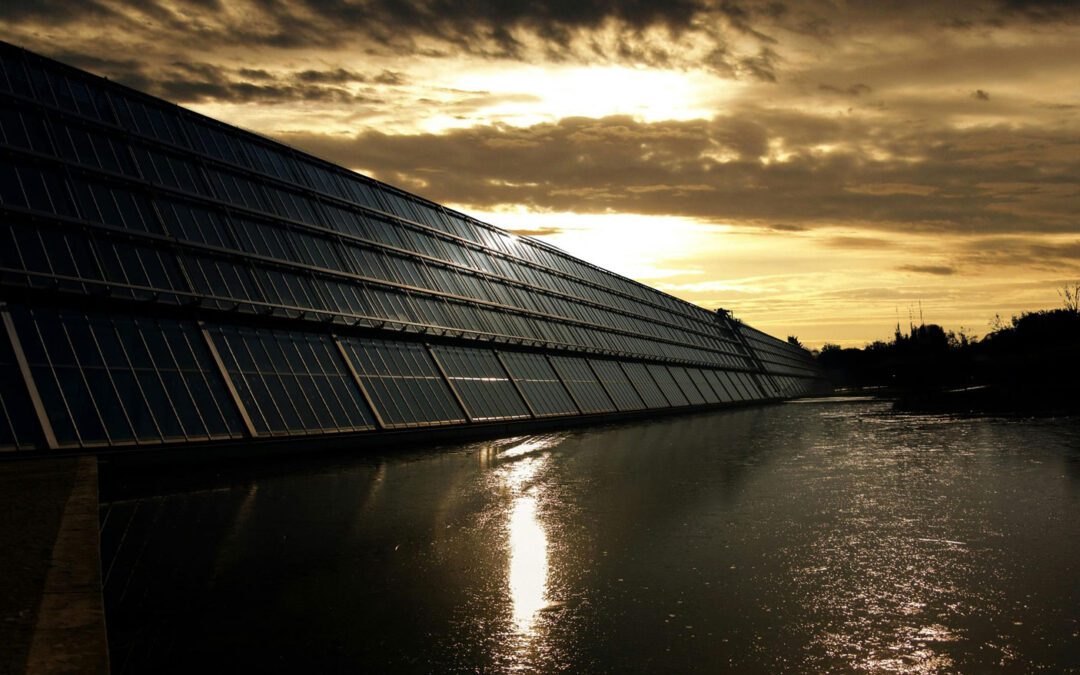This Protocol describes best industry practice for our solar PV clients during the claims process.
Generally speaking, in claim situations you should act as though you were a prudent uninsured – i.e. as if you didn’t have insurance. Acting in this way should mean you minimize the risk of incurring uninsured losses, and maximize your recovery.
Please note that while this document is based on decades of experience and best industry practice, Renewable Guard cannot accept any liability whatsoever for any actions taken on the information that follows.
What to do: Pre Loss
While, by their very nature, claims are sudden and unexpected, there is plenty you can do to prepare.
Your first step should be to create a Risk Management Plan (or review it if your organization has one already). This document defines your approach to risk, and how it is identified, analyzed and prioritized. Use this to create a project-specific Risk Register. This is another document that lists all the different risks and exposures to your project, and analyses each in terms of its probability and potential impact. You should prioritize mitigating those risks with the highest probability and potential impact.
Once you have a good understanding of the risks to your project, you can start planning what action you would take to mitigate the impact of those risks. Focus on the root causes of delays, as opposed to their impacts. For example, instead of saying, ‘a delay to our project would mean we miss our PPA deadline’, identify the root cause of the delay, and then plan to mitigate it: ‘There is a high risk of storm surge at our project that could wash away access roads. We have negotiated a framework agreement with a civil contractor who can repair/replace access roads within 60 days.’
ACTION ITEMS FOR PRE LOSS
- Create a Risk Management Plan (if you don’t have one already).
- Compile a Risk Register (as above).
- Identify personnel with responsibility for documenting incidents that may become claims. Remember that your insurance policy will be triggered by physical damage (with the exception of the Denial of Access clause), so if there is none, it’s unlikely the incident will be covered by your insurance.
- Identify personnel with responsibility for notifying us, and/or the nominated loss adjuster, in the event of a claim.
- Establish channels of communication between site personnel and those with overall responsibility for insurance (i.e. Risk Managers / Lead Counsel / CFO) in head office.
- Identify sources of replacement equipment if parts of your project are damaged. Ask yourselves: Are there spares on sire? If not, how might equipment of like kind and quality be obtained as quickly as possible?
- Identify substitute suppliers if your OEM has gone bust.
- Investigate time frames and lead times with respect to your contractual indemnities beside insurance, particularly warranties. Agreed time frames, with liquidated damages for late delivery, are what you should be aiming for.
- If one doesn’t already exist, investigate the possibility of negotiating a framework agreement with an O&M service provider / your in-house team that provides some certainty on how unscheduled maintenance will be handled.
- If your site is large, with only one general step up transformer, is it worth considering paying to have access to a spare transformer pool? (We have further details if of interest.)
- Prior to the forecasted NATCAT event: For hurricane, storm surge, flooding, etc., ensure no one is physically at site while the worst effects are predicted to occur. The health and safety of your employees should be top priority.
- Secure all loose material
- Unblock drainage (i.e. ditches)
- Take photos of your assets to prove the effects of the NATCAT event. It can sometimes be difficult to distinguish between pre-existing damage (e.g. wear & tear on leading edges on blades) from damage specifically due to a given NATCAT; ‘before and after’ photographic evidence can prove extremely persuasive.
- Are the panels fixed to a tracking system? If so, there is likely to be a ‘stow’ option. This should be engaged prior to the forecast weather event. You should also find out how that ‘stow’ mode is powered; what happens if there’s no power to the project because a hurricane has destroyed overhead lines?
- Generally speaking, and in addition to the above, the best advice is to follow the manufacturer’s guidance
What to do: First 48 hours after a Cat event
In the immediate aftermath of an accident or loss, the insured must take all reasonable steps to protect the property or person from further damage, loss or injury.
Action Items for First 48 hours
- Notify the retail broker (if applicable), Renewable Guard Insurance Services, and the Nominated Loss Adjuster (if applicable) as soon as possible.
- Document the loss by taking photos of damaged property.
- If criminal activity is suspected, notify the police and any other relevant civil authorities.
- If possible, do not assume any legal liability until investigations have concluded.
Next 2-3 Weeks
Action Items for 2-3 weeks post cat event
- Separate damaged from undamaged property, and document both.
- DO NOT dispose of damaged property unless specifically agreed by the loss adjuster and/or insueres
- DO NOT attempt repair unless specifically agreed by the loss adjuster and/or insurers. Repare may be carried out only in the most urgent cases.
- Itemize damages.
- Create claim-specific bank accounts and/or make provisions within your normal accounting procatices to separate costs relating to the claim from other exenses.
- Track the time of anyone internally allocated to handle the claim, as certain of these costs may be recoverable, depending on the level of overage you have bought.
- Facilitate a site visit so that the loss adjuster can inspect and document the loss and advise insurers accordingly.
- Comply with loss adjuster and/or insurer requests for documentation, invoices and receipts as failing to do so may prejudice your claim.
- There may be state-specific law to comply with. For example, in California the loss adjuster has to report every 30 days.
…And Beyond
Time frames
You can expect the average solar PV claim to last around 6 months from first notification to final settlement. You will probably be reliant on your suppliers and/or contractors in carrying out repairs, and then issuing invoices that can be audited by the loss adjuster; it’s in the latter stage that claims can stall. Strong relationships with your insurers can help speed up the process.
Interim Payments
On larger claims, and if liability is agreed and your policy permits, we will advocate on your behalf for interim payments while the final loss is still being determined. These can help you get back to full operations sooner.
Appointed Expert
If the circumstances or cause of your loss is difficult to determine, insurers may appoint an appropriate expert. If this happens, you should facilitate their inspection of damaged property and comply with their documentation. We will help you with this process.
Final Statement
Once the loss adjuster has audited all the documentation you and your suppliers and contractors have provided, they will recommend a settlement figure to your insurers. If liability is not in doubt, they will transfer funds within 30 days of receipt of a valid Proof of Loss (a document that states ‘Insurer A agrees to indemnify Insured B in respect of loss C by way of paying amount D’).
Subrogation
If there are any potential avenues for underwriters to recover their costs, by suing a negligent third party, after paying you they will expect your assistance in pursuing negligent parties. You should comply with their requests as far as possible, principally because, to the extent underwriters make a successful recovery, your loss record improves.
If you have any questions please reach out to our team at concierge@renewableguard.com











